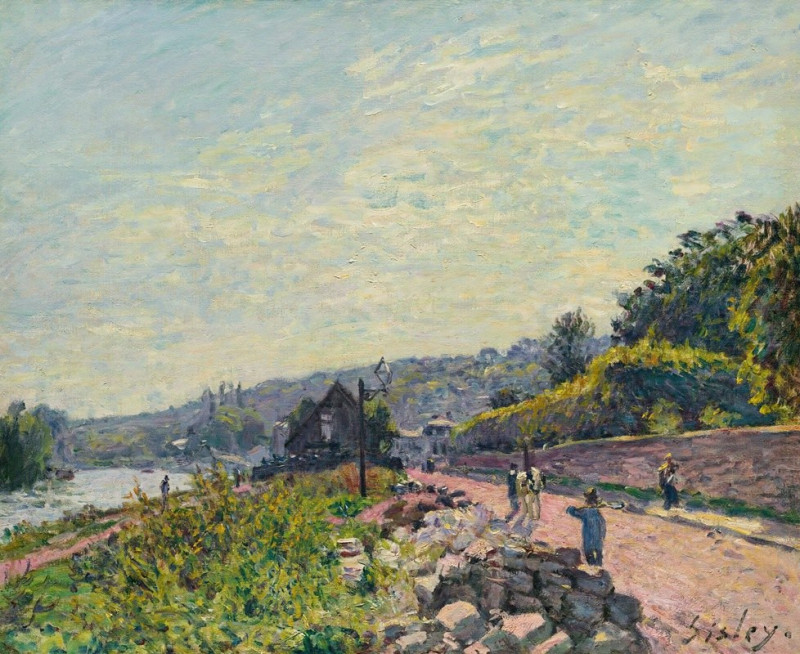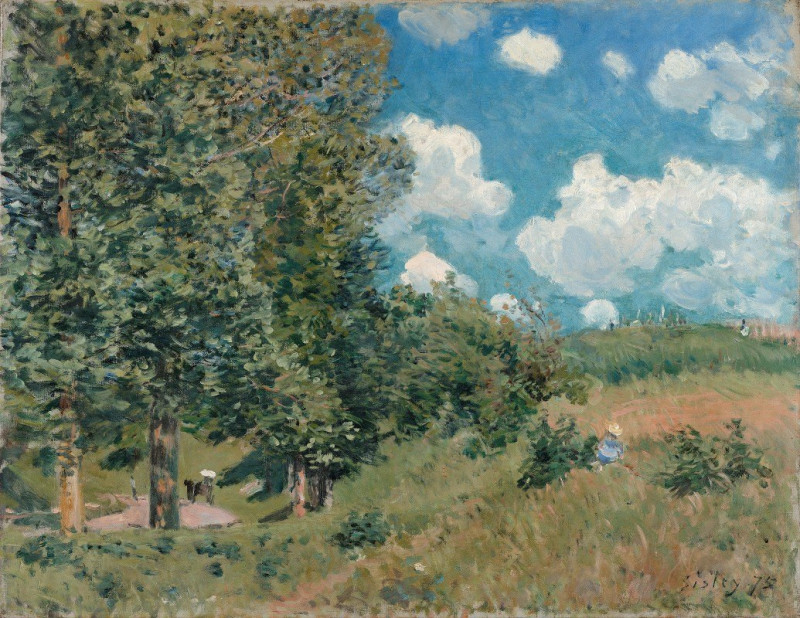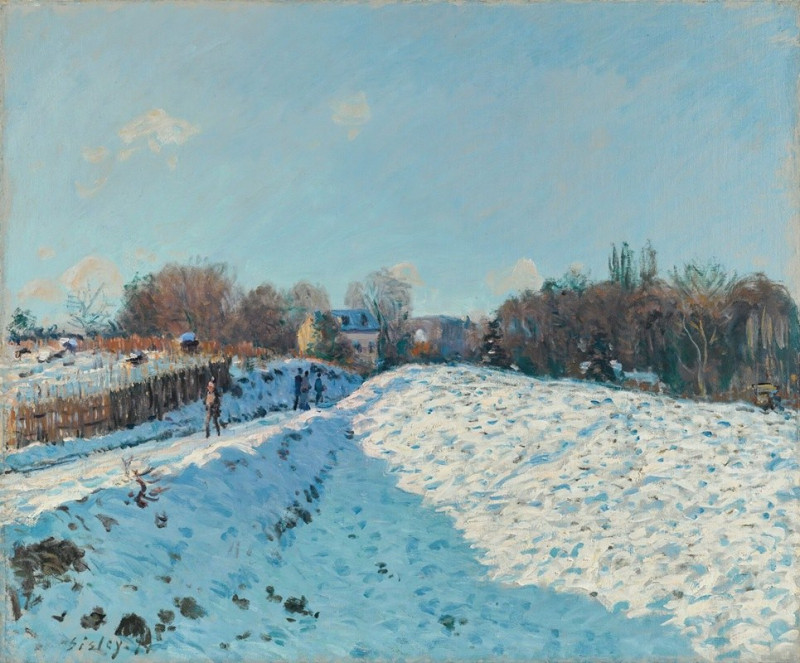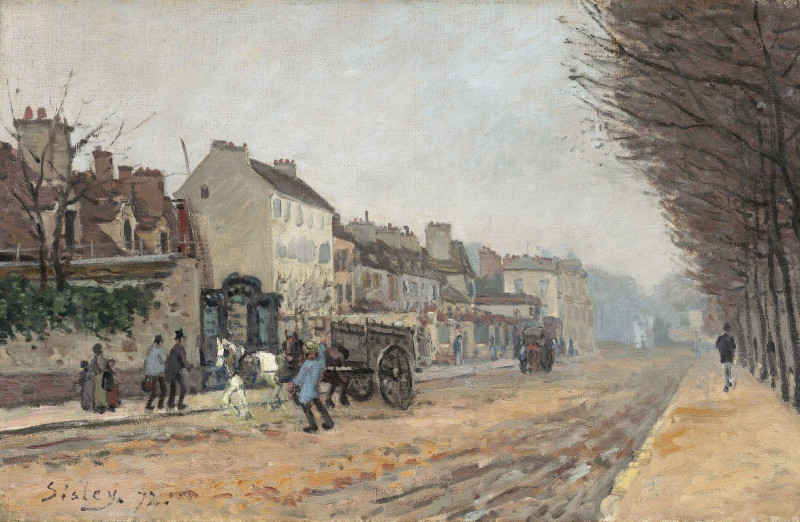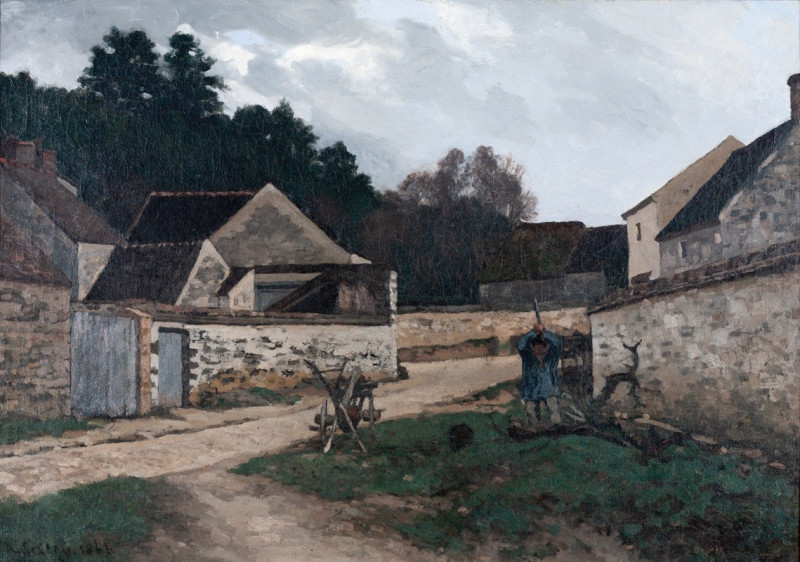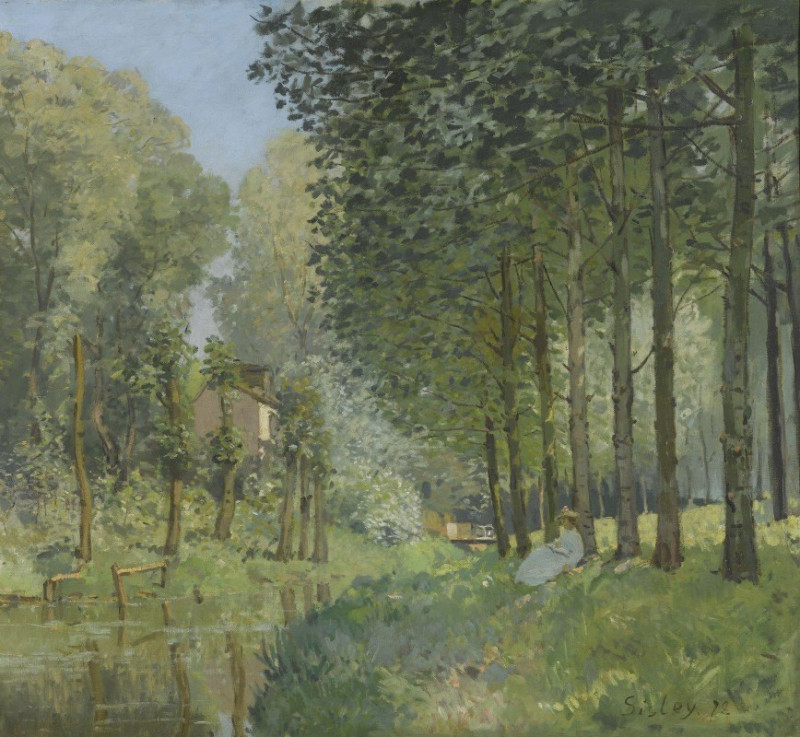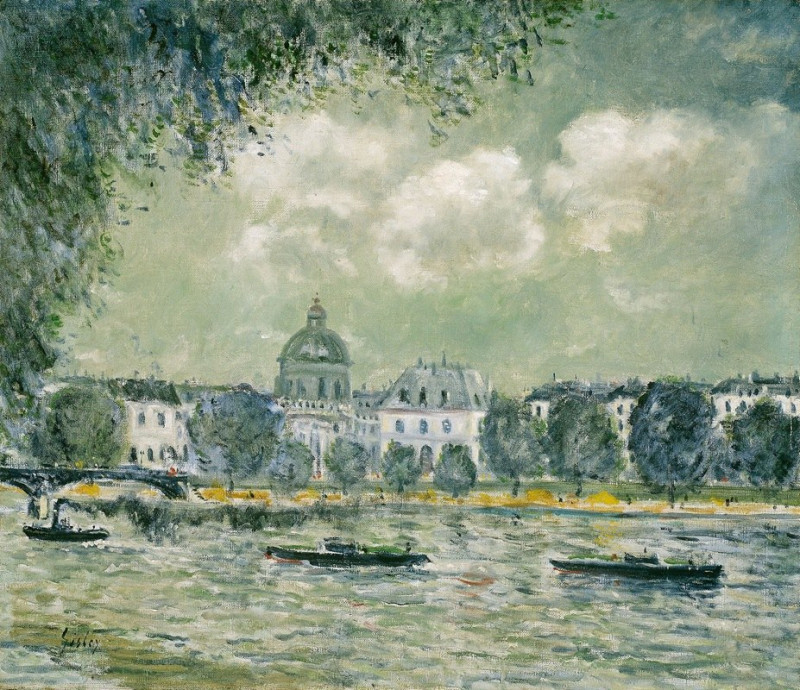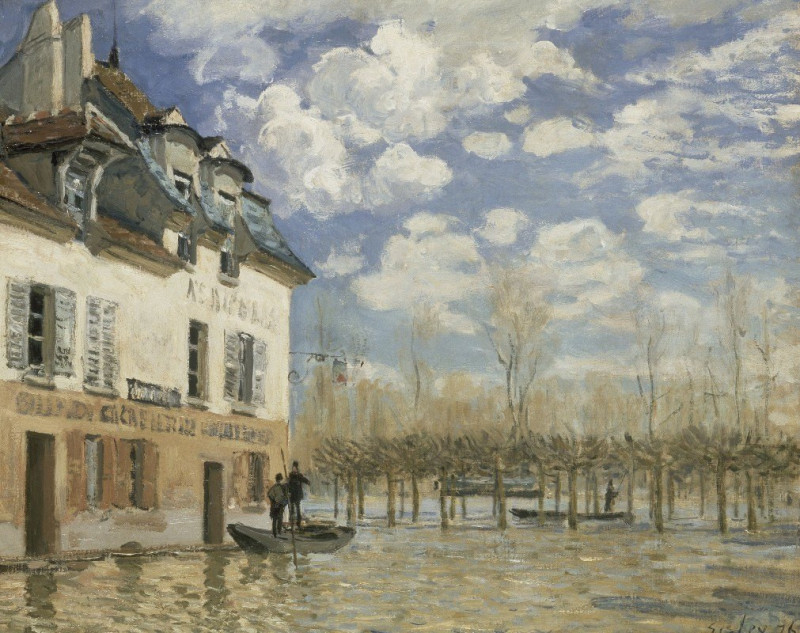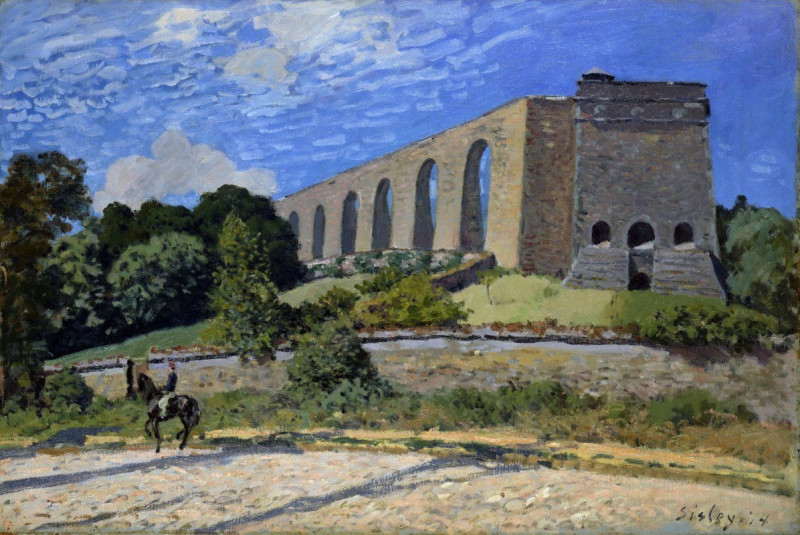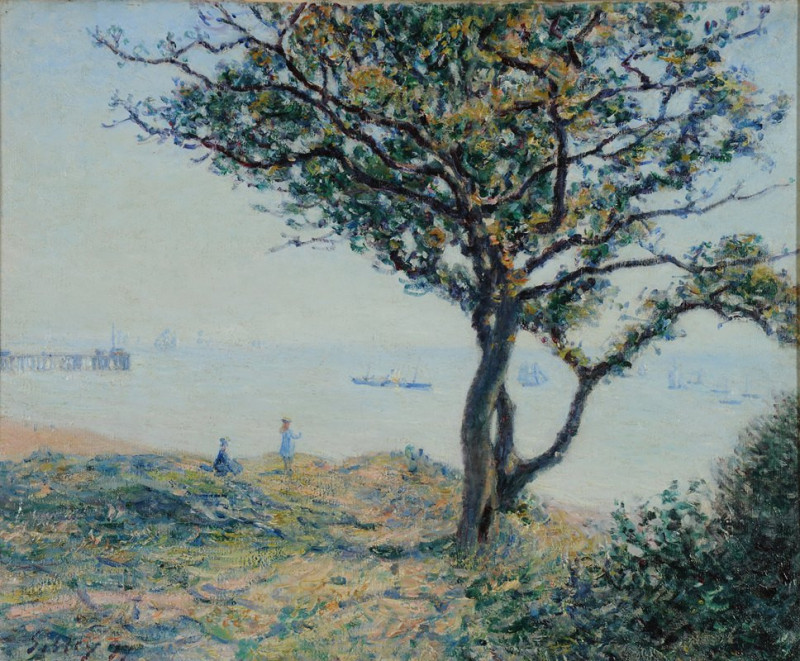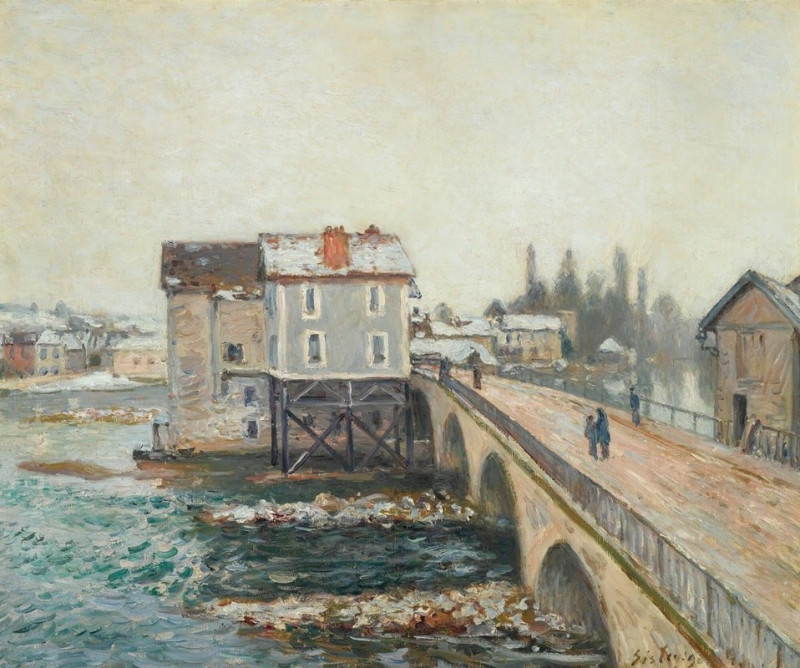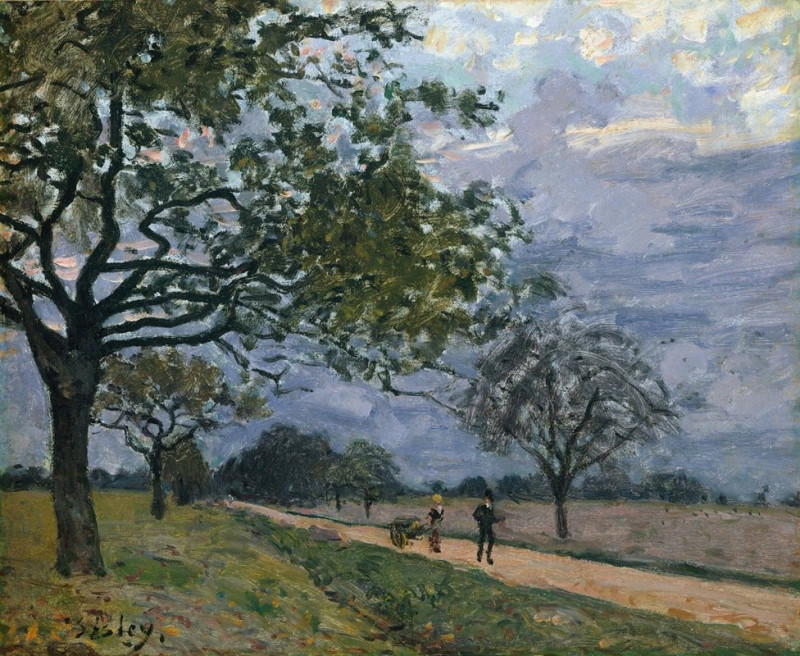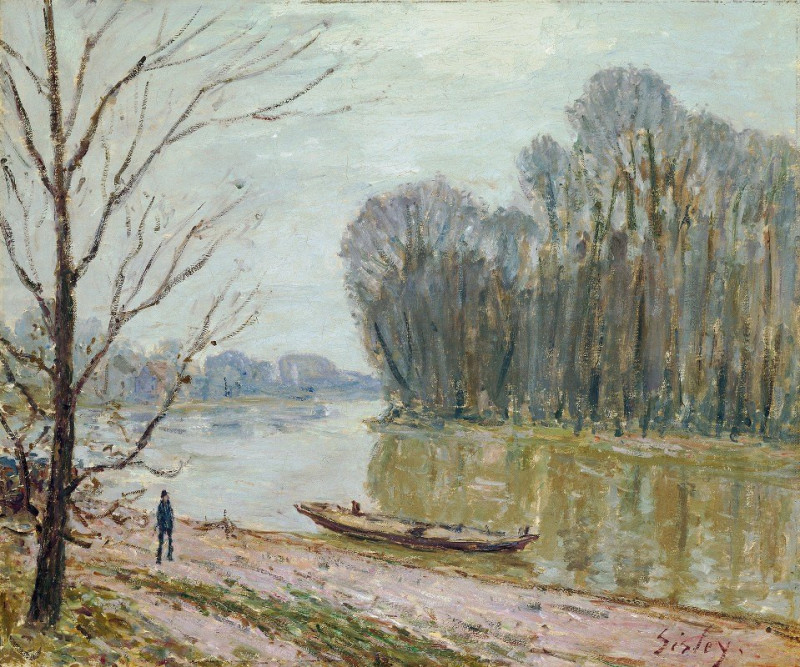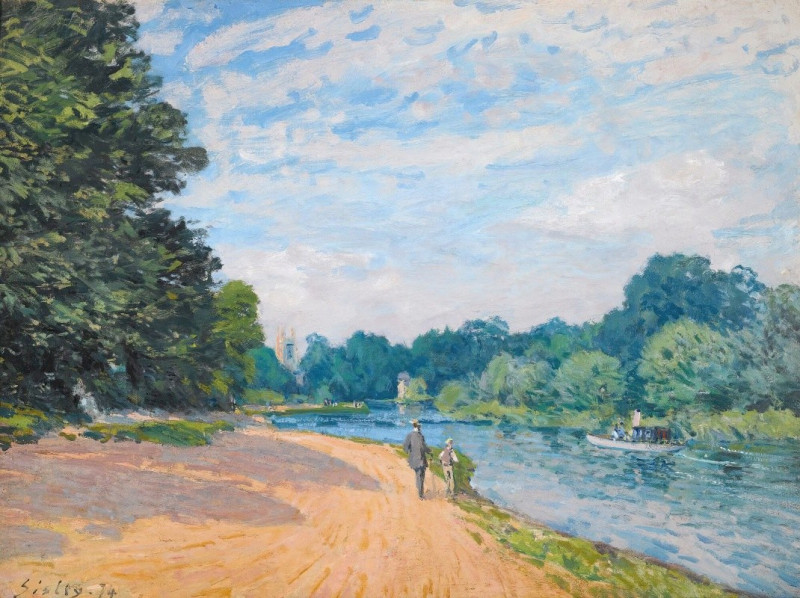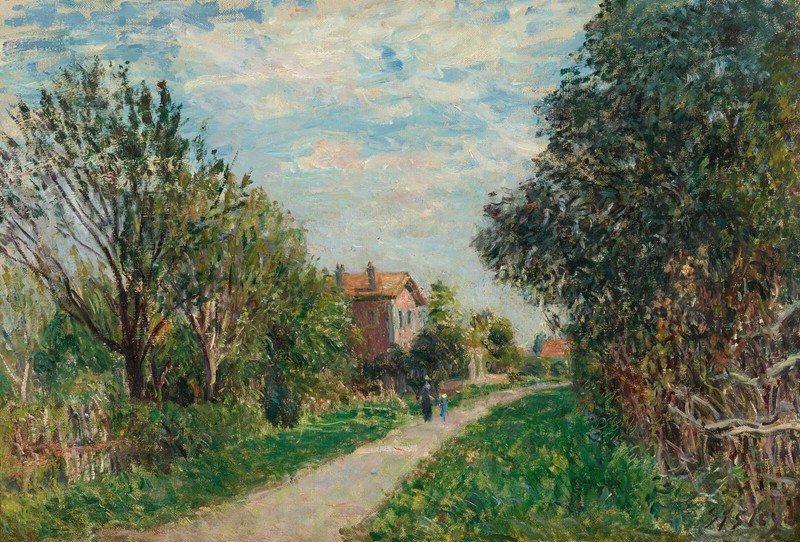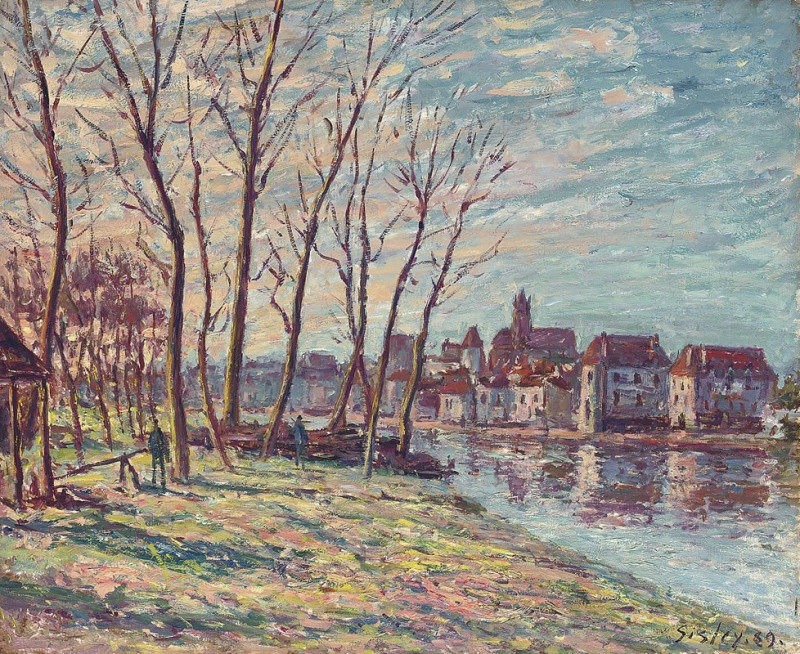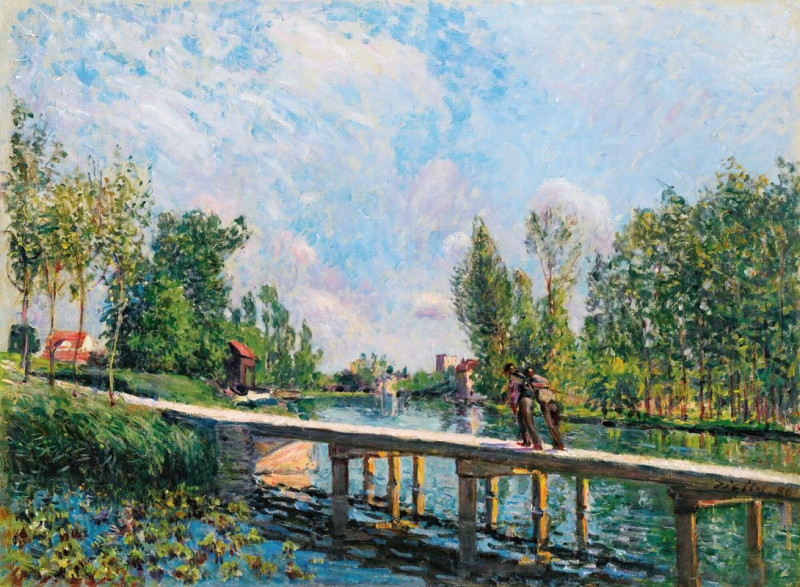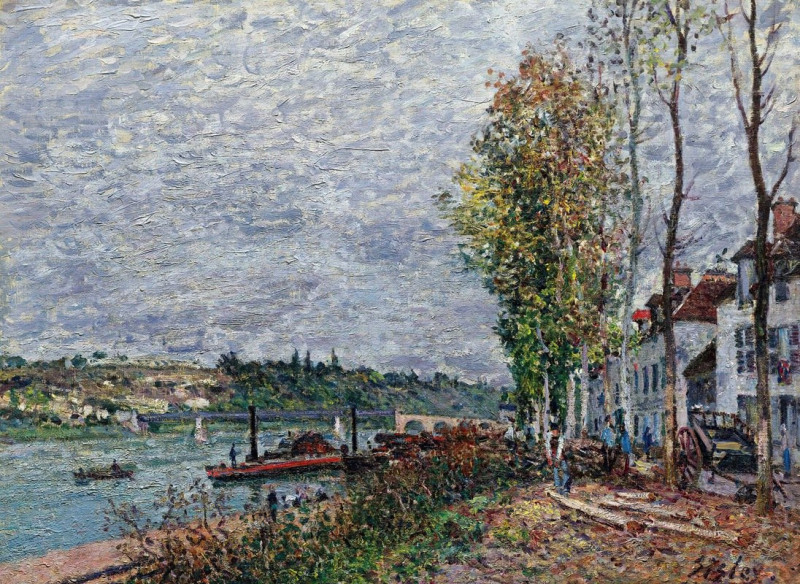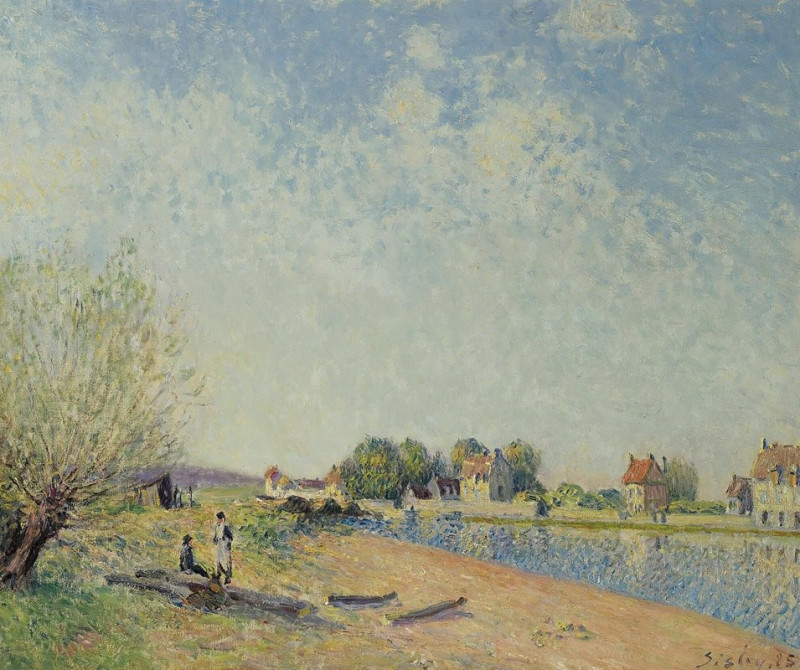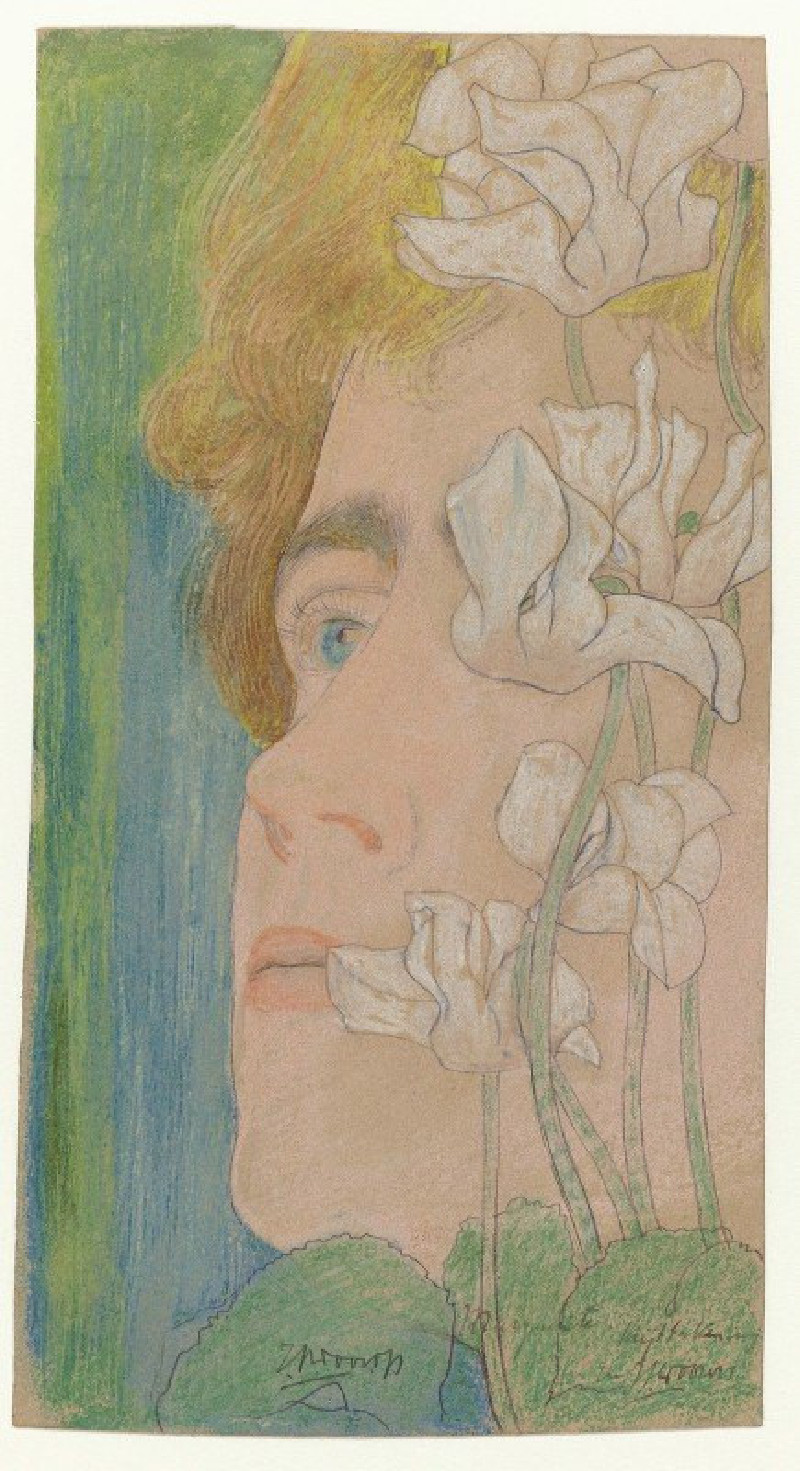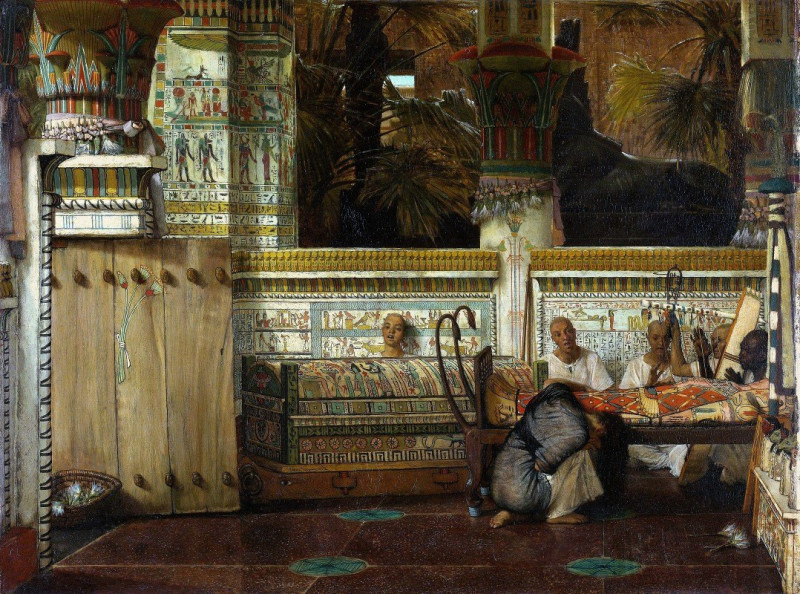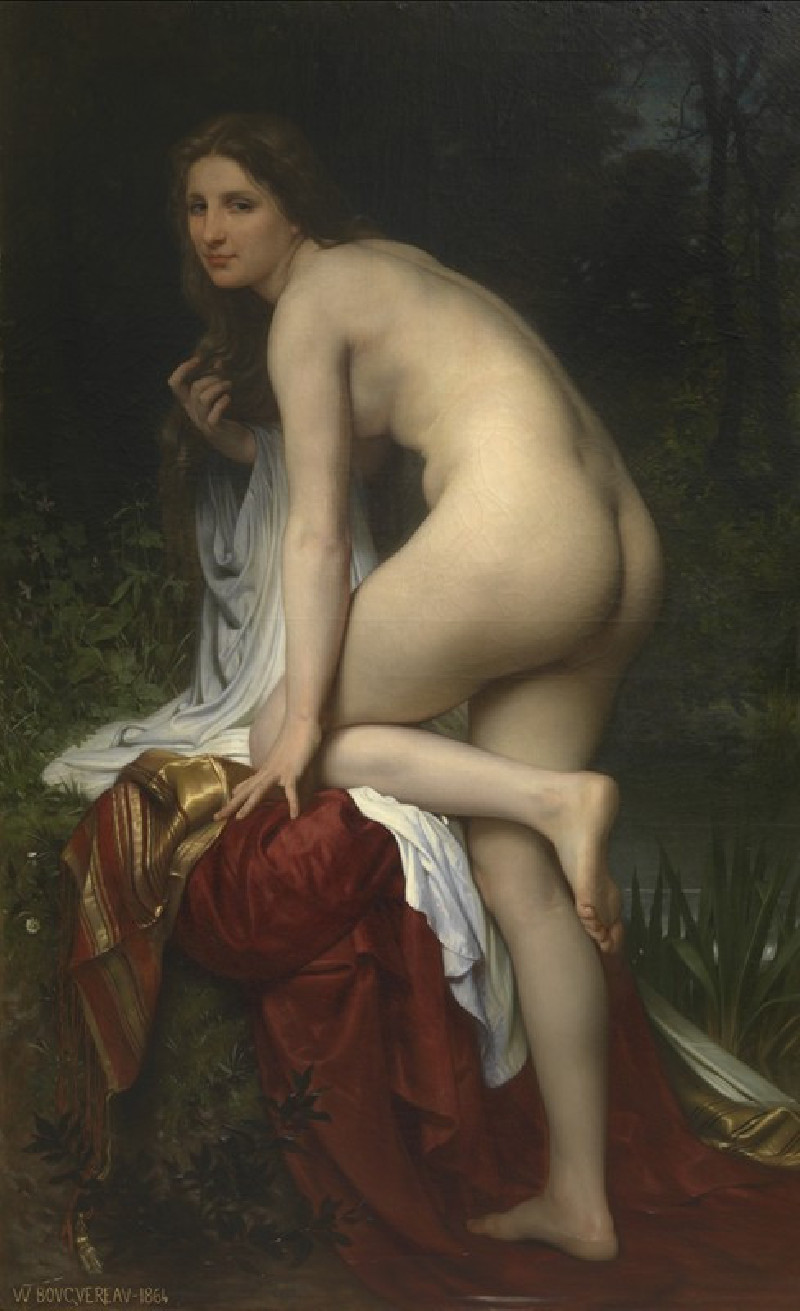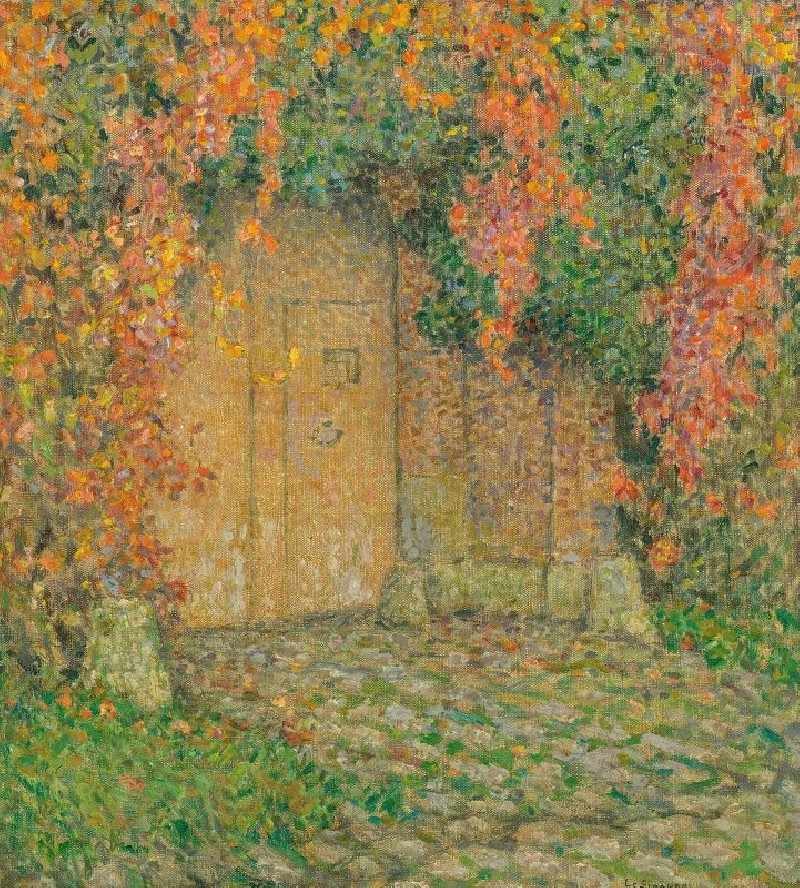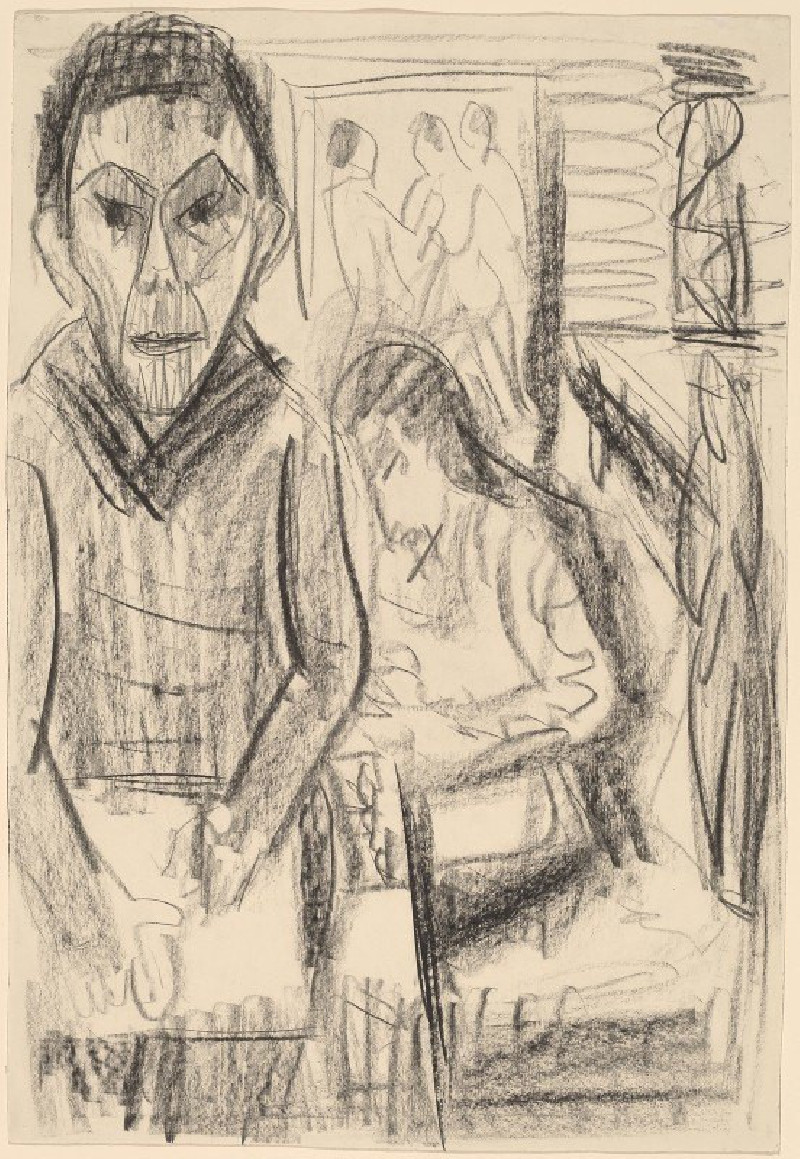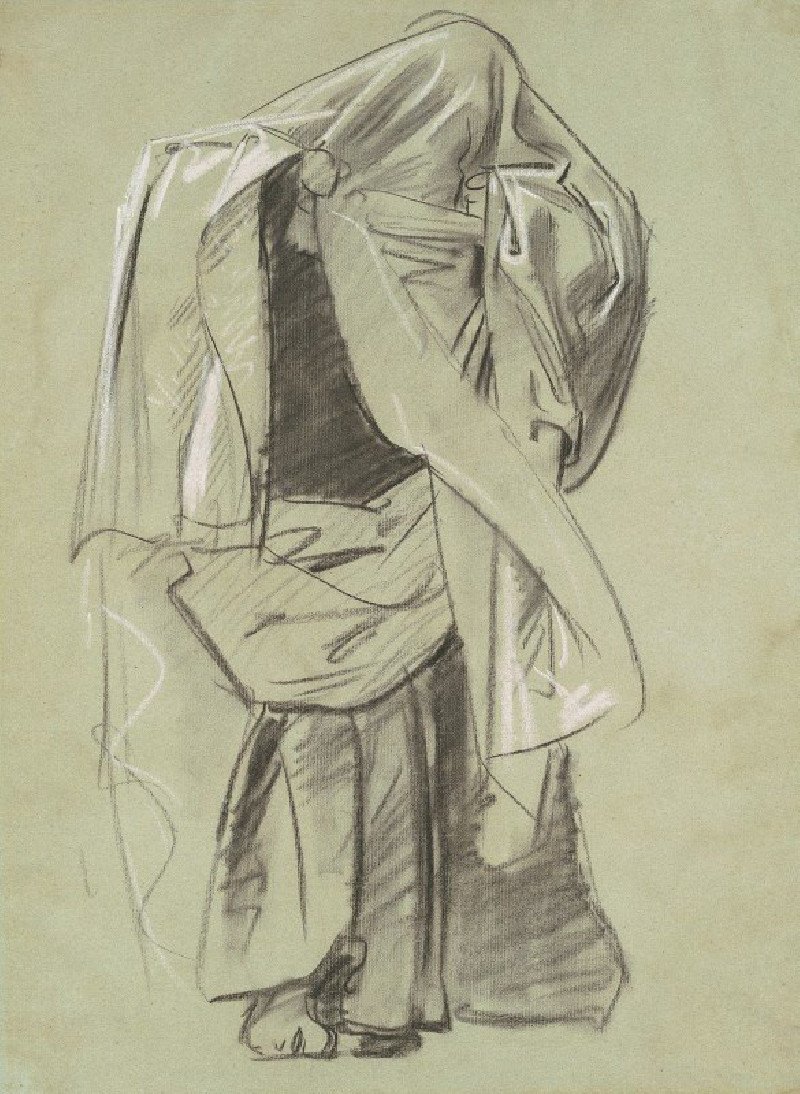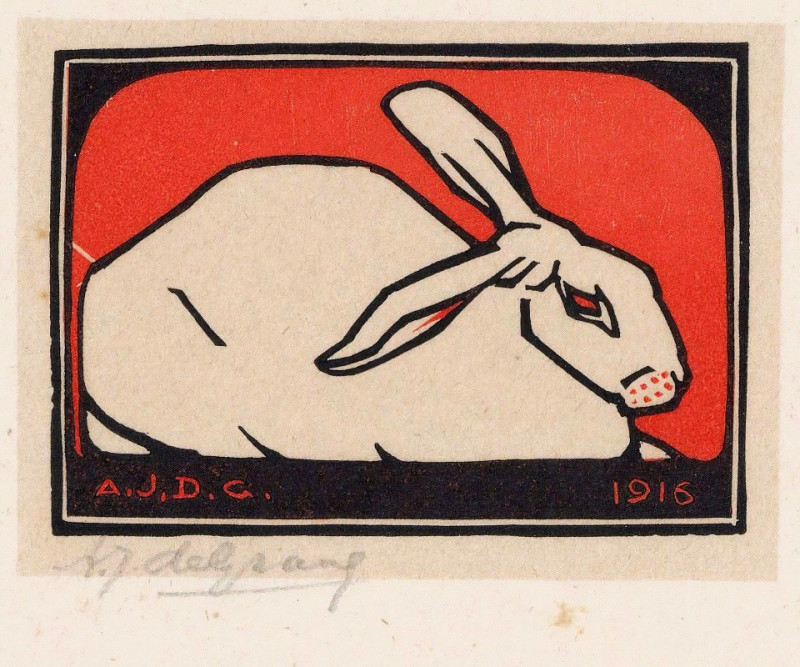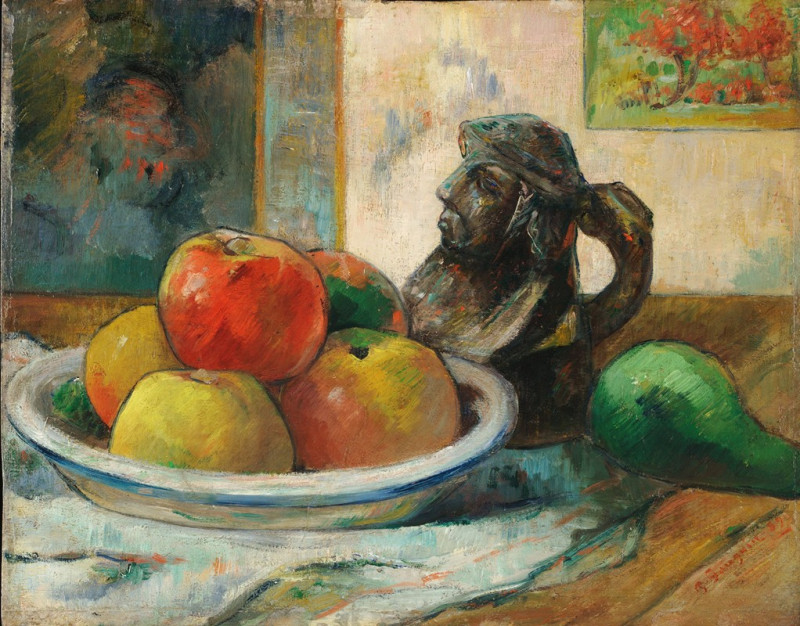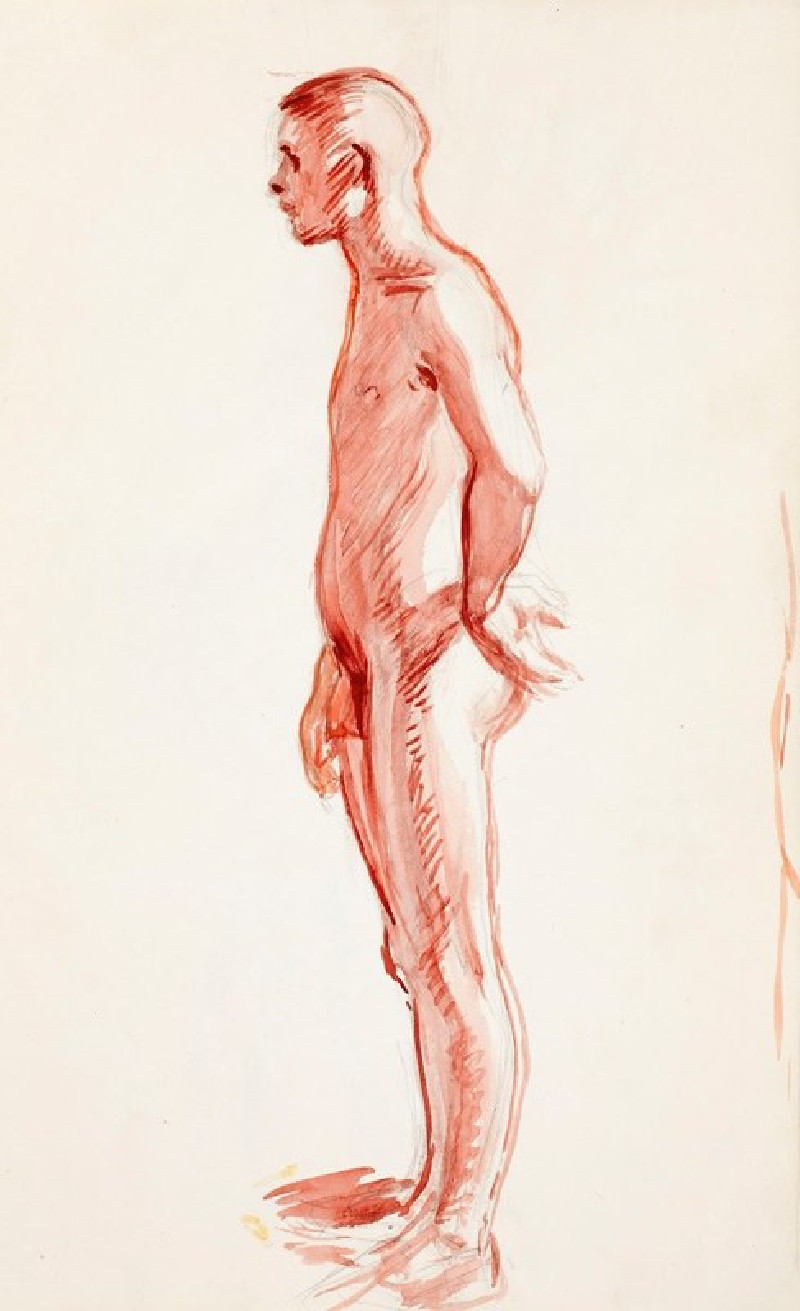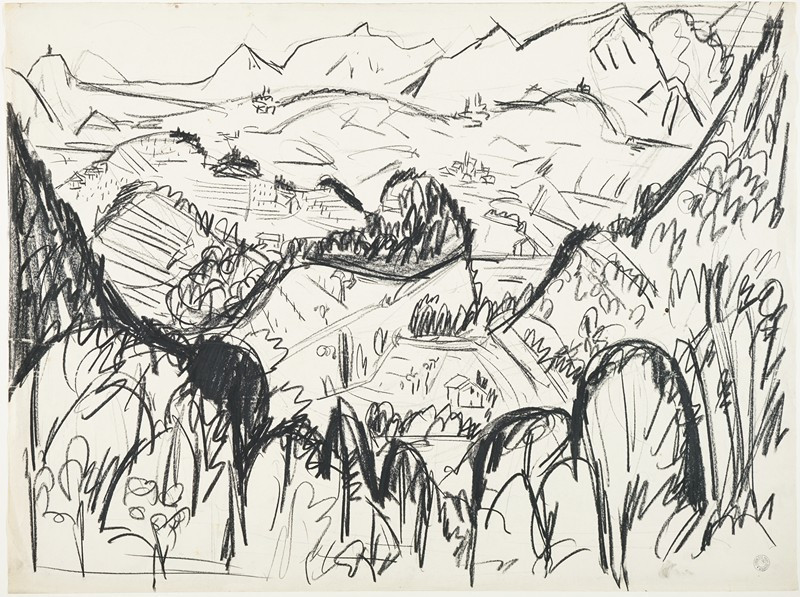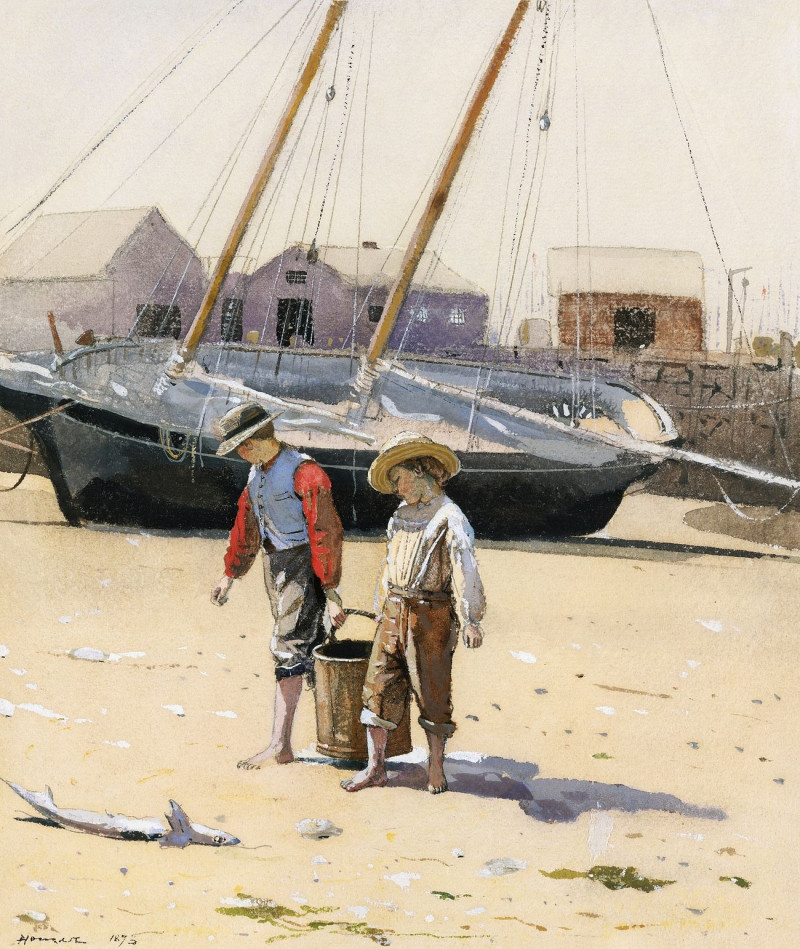The Bridge At Villeneuve-La-Garenne
Technique: Giclée quality print
Recommended by our customers
More about this artwork
The painting titled "The Bridge at Villeneuve-la-Garenne" by Alfred Sisley is a picturesque portrayal of a serene riverside landscape. In this work, Sisley captures a clear summer day featuring a bustling yet peaceful waterfront scene. A focal point of the composition is the bridge itself, a suspended iron bridge that elegantly arcs over the shimmering, gently flowing river, connecting the two banks.In the forefront, Sisley includes a small boat with figures, possibly local fishermen or boaters, adding a human element that brings life and activity to the scene. The river manifests clear, reflective qualities indicating a bright day, with light dancing on the surface of the water. This reflection and the use of light are testament to Sisley’s mastery in rendering naturalistic landscapes.The background is adorned with charming buildings indicating a small village or a suburban area. These houses, depicted in muted shades and varying architectural designs, reinforce the tranquil and inviting atmosphere of a quiet riverside town. The trees and vegetation are painted with a degree of detail that complements the overall harmonious tone of the piece.The sky, largely occupied by soft, fluffy clouds highlighted by the sunlight, crowns the scene, contributing to the feeling of an expansive and open environment.
Delivery
Returns
Alfred Sisley (1839–1899), an English impressionist artist, was renowned for his breathtaking impressionist landscape paintings. Born in 1839 to a wealthy family in Paris, Sisley spent most of his life in France. Despite being intended for a career in commerce, he rebelled and pursued his passion for painting as an amateur in the studio of Charles Gleyre, where he befriended artists Claude Monet and Pierre-Auguste Renoir. The financial loss of his family in the Franco-German War led Sisley to make a career out of his art, though it left him financially distressed. It wasn't until after his passing in 1899 that the true value of his work was recognized.



